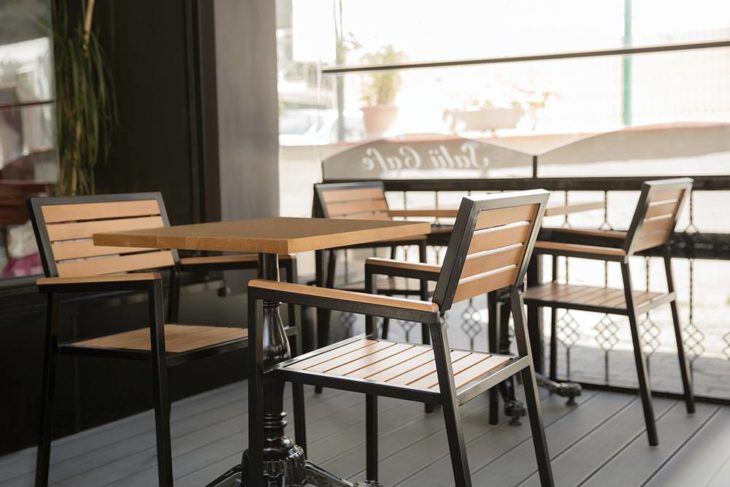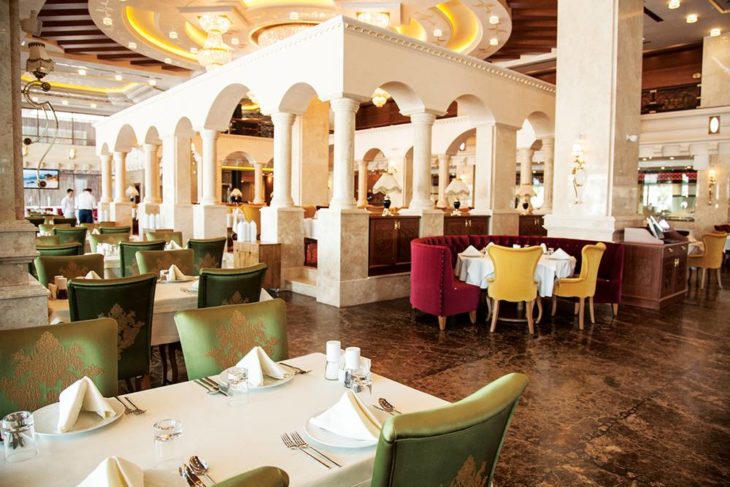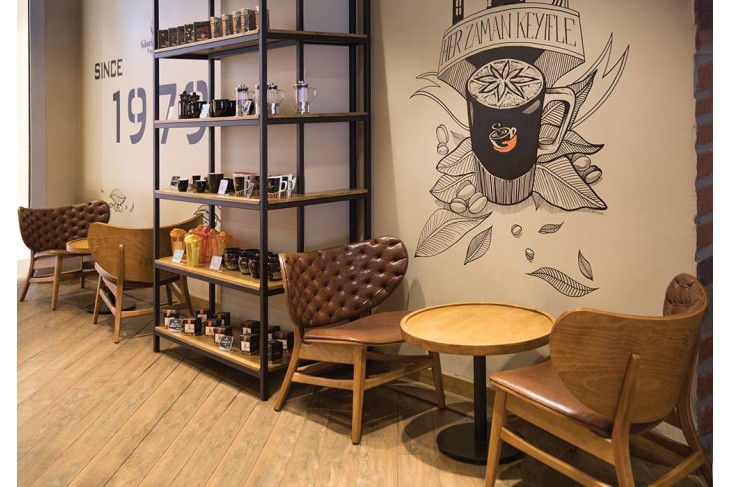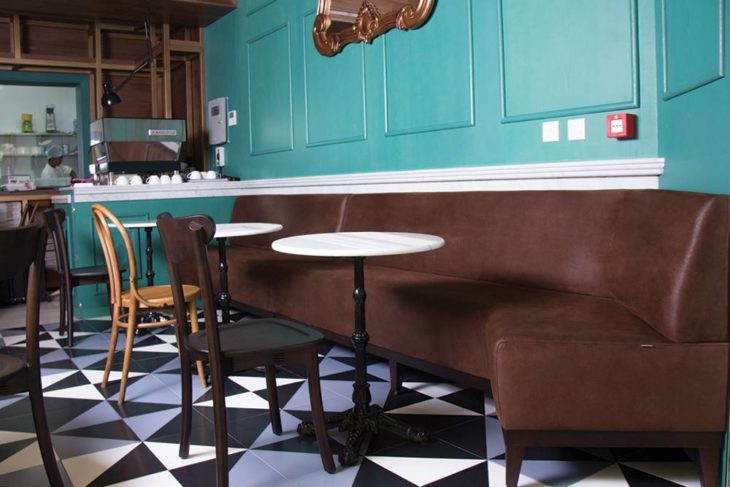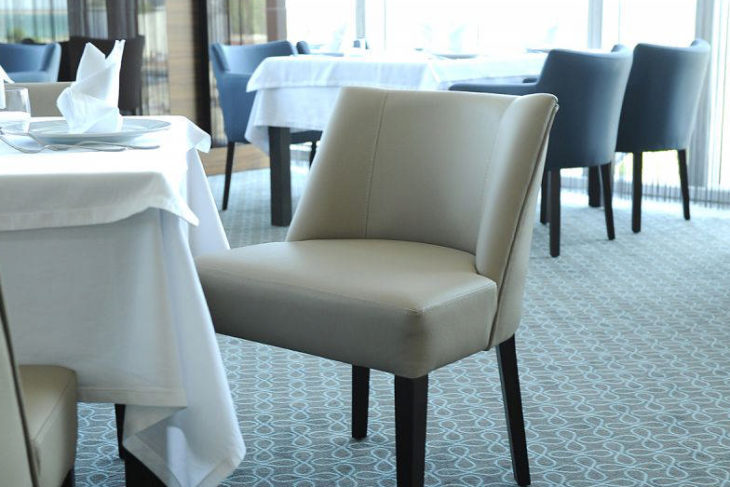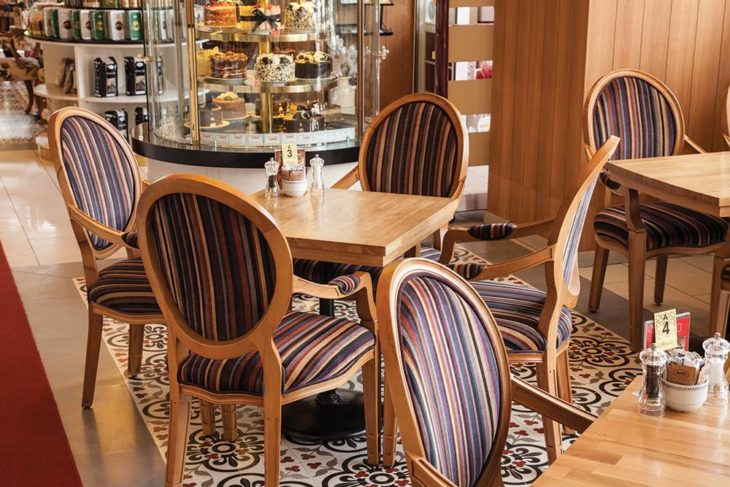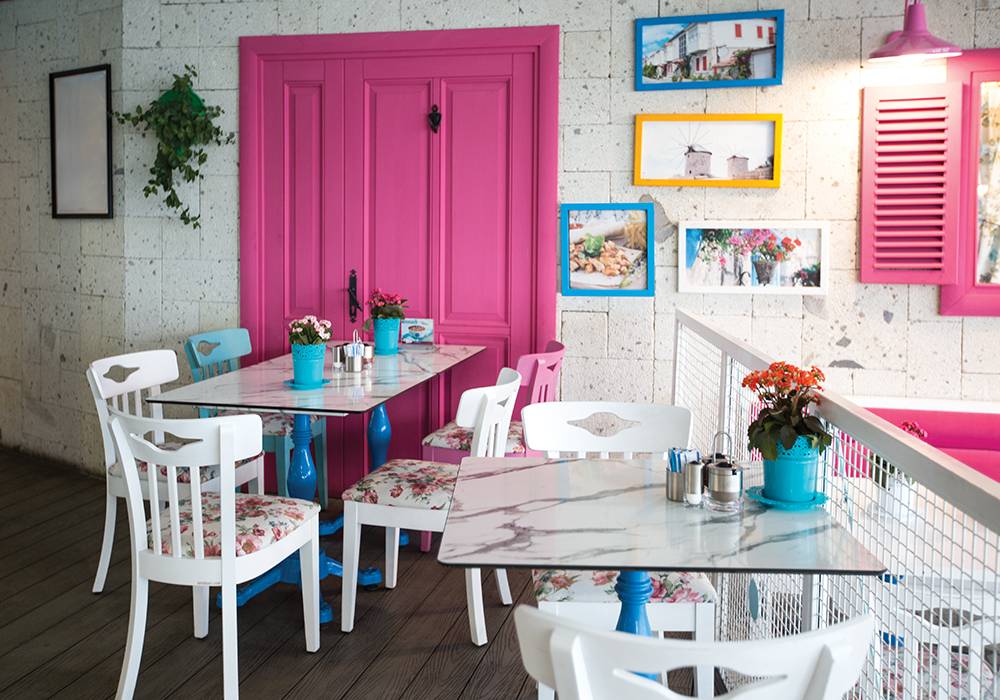
This is article traces the history of commonly found Antique Australian chairs up until the end of the 19th Century. It discusses English design influences, chairmaker techniques, and the various styles including balloon-back, ladder-back, and rail-back styles. Chairs seem to be one of the least likely types of furniture to survive and become antiques and there are some important considerations to make when restoring antique chairs.
Well, at least they were 19th century! Unfortunately, with steadily increasing labour and material costs the era of the bodger (or chair-maker) was close to an end before the end of the 19th century. The end of truly hand-made chairs: mortised and tenoned without the aid of machinery; with turned and carved legs, sometimes even with carved back rails depending on the particular skills of the craftsman making them. Very few examples of Australian chairs with the Trafalgar-style back have carving on the actual cresting rails; these chairs, even as individuals, are eagerly sought and highly prized.
Australian chairs followed the designs of their European counterparts very closely, the major distinguishing factor being that our local cedar timber was not as hard or as tight grained as the mahogany used in England, and was prone to breaking through the short grain of the back legs or in the shallow turnings and tenons. Bearing these problems in mind, cedar chairs will often have larger proportions to allow for the lesser structural properties, and most examples show considerable wear to the legs, especially the front pair. Fine quality examples of Australian cedar chairs are made of select cuts of cedar utilising the closest and straightest grained timbers for strength and also for their similarity to mahogany. There was quite a prestige associated with being able to afford goods from abroad, primarily England.
Most chairs made in Australia before 1830 have saber-style front legs, some tapered and pegged (in an English provincial style), and others have turned front legs that were manufactured on a pole or treadle lathe. Machinery in the workshop at that time was very simple, driven by manpower in the form of a treadle or rotating flywheel: the job at hand was pretty well all hard slog. This period in our turbulent past of colonial cabinet-making is considered by all experts and connoisseur collectors alike as the only period worth collecting, as it was pure in style and as close to being completely hand-made as possible. Chairs of this period are mostly fitted with drop in seats and, on rare occasion, are caned below, allowing the seat to be removed for summer comfort. Chairs from this period are extremely hard to find.
In my opinion, the second break-point in cabinet-making history is around 1835, when there were numerous changes in the styles of furniture influenced by many great designers. It was also the beginning of modern industrialisation, with the introduction of steam engines for power in the workshop, rather than horse-driven tread mills. This new technology drove a network of geared flat drive belts to give variations of speed used for rotating and band saws, and planers and lathes for cutting, planing, and turning timber for furniture manufacture. Also, our population was growing rapidly with barely enough skilled cabinetmakers to satisfy the growing demands of our young nation. The majority of chairs in this period were made with turned front legs, a convict (or trafalgar) style back and, occasionally, a carved back rail. The seats were often cane with a covered cushion for winter use and comfort; front seat rails were cross-grained on better quality chairs, as was sometimes the back rail. Drop in seats were also used in this period, but seldom seen after 1845.
I consider the third break-point to be around about 1850, with only but minor changes in style but significant change in quality. The seats used a solid piece of cedar approximately 1/2 an inch thick, and this style carried on almost until the end of the 1860’s and, in some areas, until the turn of the century. Usually there was no ornamentation other than the turned front legs, and we began to see sprung fixed seats with stuff over upholstery.
In this same period, the balloon-back chair was also introduced, but not without problems as, again, the Australian cedar timber was not very kind to both designers and manufacturers alike. The balloon-back chair is certainly pleasing to the eye but, unfortunately, its weakness lies in where the balloon back joins the rear legs, along with the other problems that the traditional bar back may have had. They are an excellent chair but must certainly be treated with respect; that is, pick them up with both hands or by the back rail, not the splat. It only makes sense and, if considered, the balloon back chair must be weaker as the cresting rail (top rail) is often held with a single dowel on each side of the balloon as opposed to a tapered dovetail joint as seen on rail-back chairs of the period. These chairs mostly have turned legs, but occasionally the hoop and legs are carved; they were covered with sprung stuff over seats often in leather or simulated leather.
The 1870s and 80s saw predominantly balloon-back chairs with a variation or the bar-back -the ladder-back chair. The ladder-back chair, although not all that pretty to look at in comparison with the others previously discussed, is probably the sturdiest of all cedar dining chairs, excluding provincial manufactured chairs utilising peg construction methods and leg stretchers. The ladder-back chair has two horizontal back rails that are tenoned into the rear legs, giving both strength and comfort at small sacrifice to style. Even though there were many of this style of chair manufactured, we have repaired surprisingly few with any major damage. We have seen many examples of these, both hard-seated and upholstered versions, usually with turned front legs. Another point worthy of mention is that the back legs are straighter, relying on nature to its fullest with less short grain, giving greater mechanical strength following a straighter line and therefore resulting in a stronger chair.
The 1890s led to another major change in both style and design. The quality of timber available for furniture manufacture was by no means good compared to the timber used half a century earlier, but we were smarter now and knew how to make things stronger, quicker and even less expensive than before. However, this was done at the expense of hand carving, crisp, tight turnings and to the cherished designs of the past. Unfortunately this is progress; otherwise we would still be in the dark ages with clubs and caves. The style of the period was square, with turnings, machine-carved decoration, and pressings, and designed for mass-production, losing much of the character and finesse for which the earlier cedar chairs were renowned.
A point often forgotten when purchasing chairs is restoration, as few surviving examples would not have been repaired at some stage. When purchasing chairs, it is not unusual to spend more money with a good restorer than you actually paid for the article itself. The repair of a chair, the most used object in the home, is expensive when compared to, say, a chest of drawers. If restored properly, a chest of drawers may need serious attention only once every 50 or so years, where a set of chairs may need attention on a frequent basis. Sets of chairs that are let go for generations often need a lot of attention, even to a point of needing to be steamed apart and re-glued which takes time and patience. A single chair often consumes more time than for a dining table. Even now in our local area, it is not easy to find a competent tradesman to repair sets of chairs, as they all look upon them as ‘charity’ jobs.
Chairs seem to be one of the least likely types of furniture to survive, when you hear stories like, “one chair broke and granny threw it down the well years ago”, or “when the leg broke we used it for fire wood”. When it comes to restoring a chair, people object to the price, saying “it’s too much”, or “it’s not worth it!” There must have been more chairs manufactured than any other item, as they were usually purchased in at least a set of four, yet few examples survive. Quite often, old chairs had very harsh repairs carried out on them: large screws for strengthening joints; steel straps nailed to the legs and side rails, often on the polished faces; large wood blocks glued in or large hunks of wood nailed on for extra strength; and the odd nail that often looks more like a railway spike – all of this plus a good slurp of glue just for luck. A lot of this type of damage, under many layers of upholstery, hides a surprise for the restorer. Trying to get a chair like this apart, repaired and re-glued is a nightmare. Very few chairs have escaped without some type of makeshift or bandaid repair. Full sets of chairs are scarce, and one must accept the concept of a harlequin set or a mixture of complementing chairs to fulfill one’s chair requirements.
S. & D. Koszek, Gumnut Antiques
